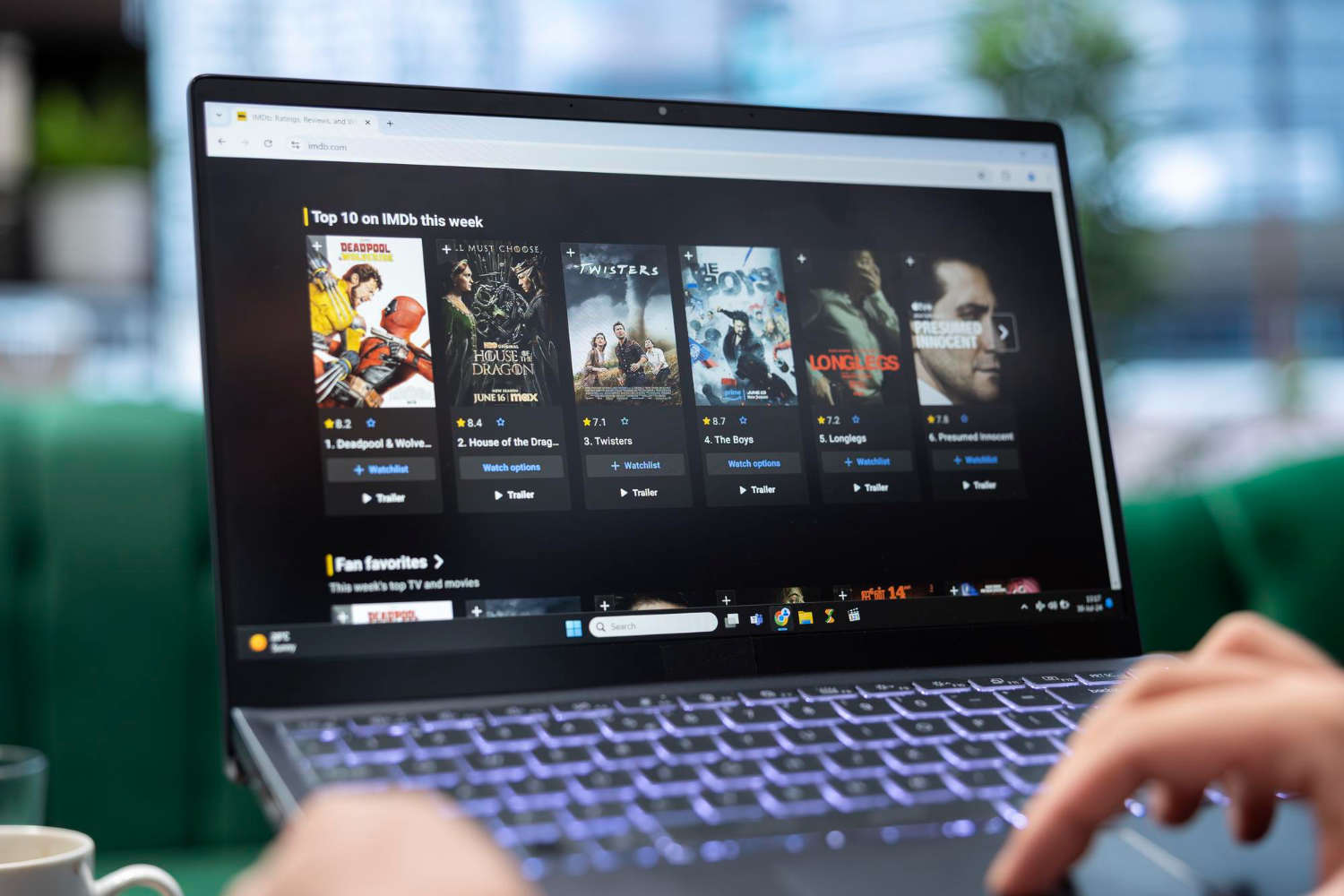Synopsis
With the growing demand for video across industries, a robust video content management system (VCMS) is the backbone of successful streaming. Whether you’re running a video streaming platform, hosting live events, or powering an OTT solution platform, the need to organise, manage, and deliver content seamlessly has never been more critical. A powerful video content management software allows users to store, schedule, distribute, and monetise video assets efficiently. It supports secure delivery, scalable hosting, and detailed analytics to optimise engagement. This blog explores the central role played by a video content management platform in ensuring fast access, reducing bandwidth issues, and empowering creators and enterprises alike to scale their streaming strategies.
Table of Contents
- Why Video Content Management Matters Today
- Core Features of a Video CMS Platform
- The Link Between VCMS and OTT Performance
- How Enterprises Benefit from Video Management
- Video CMS in Education, Entertainment & E-Commerce
- Security, Scalability, and User Experience
- MultiTV’s End-to-End Video Content Management
- Conclusion
Why Video Content Management Matters Today
As video becomes the primary medium for communication and marketing, platforms need a structured way to manage vast volumes of data. A modern video content management system ensures videos are categorised, searchable, and ready for multi-device playback. It becomes the command centre of the video ecosystem, powering everything from livestreams to OTT video platforms.
Core Features of a Video CMS Platform
A great video CMS platform offers media ingest, content scheduling, access control, transcoding, and monetisation tools. It supports integration with video streaming platforms, making it easy to publish content across multiple endpoints. AI tagging, thumbnail generation, and advanced analytics also enable improved content discoverability and strategy refinement.
The Link Between VCMS and OTT Performance
Without an efficient video content management software, even the best OTT solution platform may falter. A VCMS acts as the foundation for reliable performance, quick buffering, and seamless user experience. It manages thousands of videos simultaneously, enabling the platform to deliver consistent quality with minimal downtime.
How Enterprises Benefit from Video Management
Enterprises use video content management platforms for webinars, internal training, product demos, and virtual events. These platforms help ensure that content is accessible to the right audience, protected from leaks, and available in multiple formats. For teams handling large libraries, a CMS improves productivity and compliance.
Video CMS in Education, Entertainment & E-Commerce
From universities delivering courses to OTT platforms showcasing web series and e-commerce brands producing explainer videos, the VCMS adapts to different use cases. It becomes the enabler of video marketing platforms and learning systems. The ability to upload, tag, and schedule content in bulk is especially crucial.
Security, Scalability, and User Experience
A secure video content management platform safeguards content with DRM, encryption, and access protocols. It also scales effortlessly during traffic spikes, especially for live webinars or OTT media streaming. Paired with CDN integration and mobile responsiveness, it enhances viewer satisfaction and engagement.
MultiTV’s End-to-End Video Content Management
MultiTV provides a complete video content management system built for modern digital businesses. Its intuitive dashboard, multi-format support, and integration with OTT video platforms allow creators to focus on content rather than operations. With real-time analytics, enterprises can measure what works and plan effectively.
Conclusion
A modern video content management platform is essential for scaling any video-first strategy. Whether you’re streaming entertainment, training teams, or driving e-commerce sales, the right VCMS supports quality delivery and monetisation. As video continues to dominate digital content, investing in robust video content management software will drive long-term success.
FAQs
What is a video content management system?
A video content management system is a platform designed to store, organise, and distribute video content efficiently. It supports categorisation, tagging, transcoding, and multi-device playback. It also offers secure delivery features like access controls and DRM. These systems are used in OTT, corporate, and educational setups. They form the foundation of scalable video strategies.
How is a video content management platform different from YouTube?
While platforms like YouTube are public-facing, a video content management platform offers more control over content access, branding, and monetisation. It supports internal use cases like training, private streaming, and enterprise-level security. Unlike YouTube, it allows companies to customise interfaces, restrict viewers, and integrate data systems.
While platforms like YouTube are public-facing, a video content management platform offers more control over content access, branding, and monetisation. It supports internal use cases like training, private streaming, and enterprise-level security. Unlike YouTube, it allows companies to customise interfaces, restrict viewers, and integrate data systems.
Why do OTT platforms rely on video CMS software?
OTT platforms need to manage vast video libraries, schedule releases, and control regional access. A video content management software helps manage these aspects efficiently. It also supports multiple monetisation models, including AVOD, SVOD, and TVOD. This makes the platform more dynamic and user-friendly for administrators.
What are the benefits of a video CMS platform for enterprises?
Enterprises use video CMS platforms to centralise training videos, product demos, and internal communications. These systems improve employee onboarding, reduce reliance on third-party tools, and ensure content is updated and compliant. They also offer insights into viewer engagement for performance optimisation.
Can a video CMS integrate with other platforms?
Yes, a video content management platform can integrate with CRMs, LMS systems, and marketing tools. This makes it easy to push content across digital channels and measure performance. It also ensures seamless alignment with larger business workflows and content strategies.
Jatin Maan
Jatin Maan is a beacon of enthusiasm, and his eyes are alight with a creative spark whenever the media and marketing world is mentioned. With nine years of rich experience, he's not just seasoned; he's driven by a deep-seated passion to push the boundaries of digital marketing and content.

